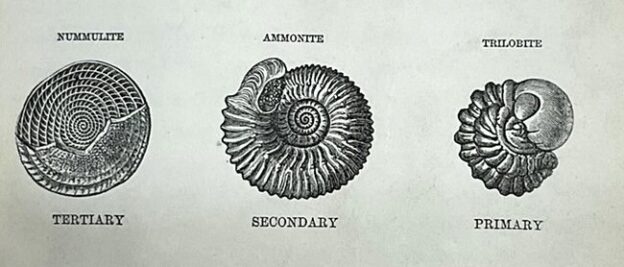Over the past five years, the University of Edinburgh has undertaken a transformative programme to catalogue, preserve, and enhance access to the Charles Lyell Collection. This final blog marks a key milestone—sharing outcomes, showcasing the new catalogue and website, and offering tips for using this vast resource, while also pointing ahead to future discoveries.
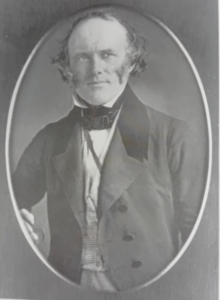
Lyell in 1842 as featured in ‘Lyell in America : transatlantic geology, 1841-1853’ by Leonard G. Wilson, Johns Hopkins University Press, 1998. Our research has not been able to confirm the whereabouts of the original image.
In The Antiquity of Man, Lyell investigated the meaning of prehistoric flint implements, using them to authenticate ground-breaking arguments about humanity’s deep past. We’ve used our own set of tools – archival methods, state-of-the-art digitisation equipment and digital infrastructure – to unlock the full scope of Lyell’s legacy.
AI has offered some useful and interesting tools. Transkribus provided a scaffold for students learning to decipher Lyell’s handwriting, while ChatGPT has at times supported the non-scientist Archivists. In fact, the title of this blog, ‘Happy Notebooking,’ originated from an AI-generated parting, during an early discussion about the Lyell collection. Just as flint tools helped Lyell uncover ancient stories, our digital tools have helped us illuminate his world—transforming his notebooks, correspondence, and discoveries into something accessible for future generations.

A basic overview, by provenance, of the composition of the Lyell archive collection.
Charles Lyell is never referred to as an Archivist, but his collection serves as both evidence and documentation of the history of the Earth, and, of his role as its information manager. He’s assisted in this work by his team – George Hall, wife Mary Lyell, and Arabella Buckley, maybe even other people we’ve not identified yet. For our project, the decision was taken to respect the provenance of the different accessions of Lyell material held at the University, but, the history of information management is writ large across the collection, and we’ve also used the original organisation created by Lyell and his team, to arrange series.
Our work to develop a comprehensive online catalogue has:
- Expanded the list of correspondents from broad alphabetical categories to over 400 named individuals, providing a clearer picture of Lyell’s extensive network
- Worked to catalogue the Scientific notebooks. This work will be ongoing, with skilled volunteers meticulously adding details for each one
- Mapped the records related to Lyell’s Lectures, uncovering how these early materials, which also illustrate the development of his science communication skills, criss-crossed the Atlantic
- Revealed Lyell’s practice of recording his reading and thoughts in the Index notebooks, and, confirmed the connections with the recently rediscovered Offprints held at the University, and which had previously been challenging to interpret
- Highlighted Lyell’s writing process, through the annotated copies of his books, original manuscript notes, edits, and the publishing activities recorded in the notebooks
- Strengthened the understanding of the connections between Lyell’s geological specimens – rocks, minerals, and shells – and the archive, establishing a clearer provenance for many, with evidence of Lyell’s direct involvement in their acquisition.
Reflecting back, we can confirm we’ve thoroughly enjoyed the challenge of deciphering Lyell’s handwriting! Along the way, we’ve encountered the complexities of outdated scientific terminology, historical – and indeed multiple place names across Europe, the UK, and America – as well as Lyell’s spelling. Lyell is actively listening to what other people are saying, which sometimes leads to misspelling. Please forgive any of our own mistakes you might come across; and don’t hesitate to contact us if we can make corrections.
A big thank you to all the volunteers, who have worked with us over the last 5 years, but especially to Drew Coleman and Beverly Gordon – who have worked diligently since 2023 to add detail to the notebooks, allowing us to work to fulfill our aim of a consistent, rich, level of detail for all 297. We’re particularly proud to have added several women – Mary Anning and Jeanne Villepreux-Power amongst them – to our catalogue, helping highlight their contributions to Lyell’s work.
The Lyell Website: A Digital Gateway to His Legacy
All of this work has contributed to a new website designed to make Lyell’s legacy more accessible to the global audience it truly deserves. The website is organised around Lyell’s principal tools; his archival papers – an inclusive term reflecting the breadth of the material held within – as well as the notebooks, Offprints, and specimens.
Lyell’s books can be a useful starting point for any research, as the archive ultimately informs his published works. In addition to providing links to Lyell’s books published by John Murray online, we are proud to make available the late Stuart Baldwin’s comprehensive bibliography. Do make sure to access this, as it provides an excellent start to understanding the extent of Lyell’s output. Other key sources are Life Letters and Journals of Sir Charles Lyell by Katharine Lyell – also available via on the website – and the works of Leonard G. Wilson.
Of particular note on the website are the images of Lyell’s treasured 297 notebooks, which document his observations from 1818, on a European tour with his family, through to November 1874, just three months before his death. You can access IIIF-compliant images of these notebooks via the “Search the Notebooks” button.
The website offers users an easy way to navigate through the vast collection of materials, creating an interactive experience that aims to preserve and expand upon the legacy of one of the most influential Geologists in history.
Our work has revealed the depths of Lyell’s archive, but there’s more still to be explored. Some series of correspondence and a selection of specimens held at the Cockburn Museum have been photographed, providing exciting opportunities for further research. The voluminous Offprints have been box listed only, but its a start. The research potential is immense – many of the geological features Lyell studied are now important heritage and tourism sites. If you live near one, it’s likely that Lyell visited (and possibly documented it more than once!). His advocacy for using physical collections and his involvement in nineteenth century museum development also merit further study.
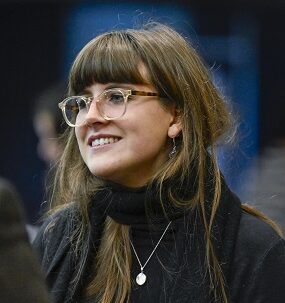
Felicity at the official opening of the project exhibition, taken by photographer Neil Hanna 07702246823
Finally, we can introduce you to Felicity Mackenzie, the University of Edinburgh’s newest Lyell enthusiast. Felicity’s PhD will explore Lyell’s legacy, and we’re excited to pass the baton to someone so passionate. Her research promises to utilise the archive to reassess and deepen our understanding of Lyell’s lasting impact. In fact, Felicity is continuing with her own Through Lyell’s Eyes blog – please do subscribe to keep on this epic journey!

 Following the acquisitions of Lyell records in 2019- 20, the University purchased more, including
Following the acquisitions of Lyell records in 2019- 20, the University purchased more, including 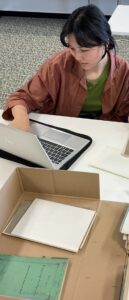

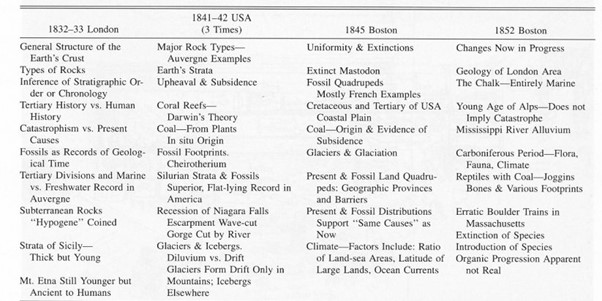



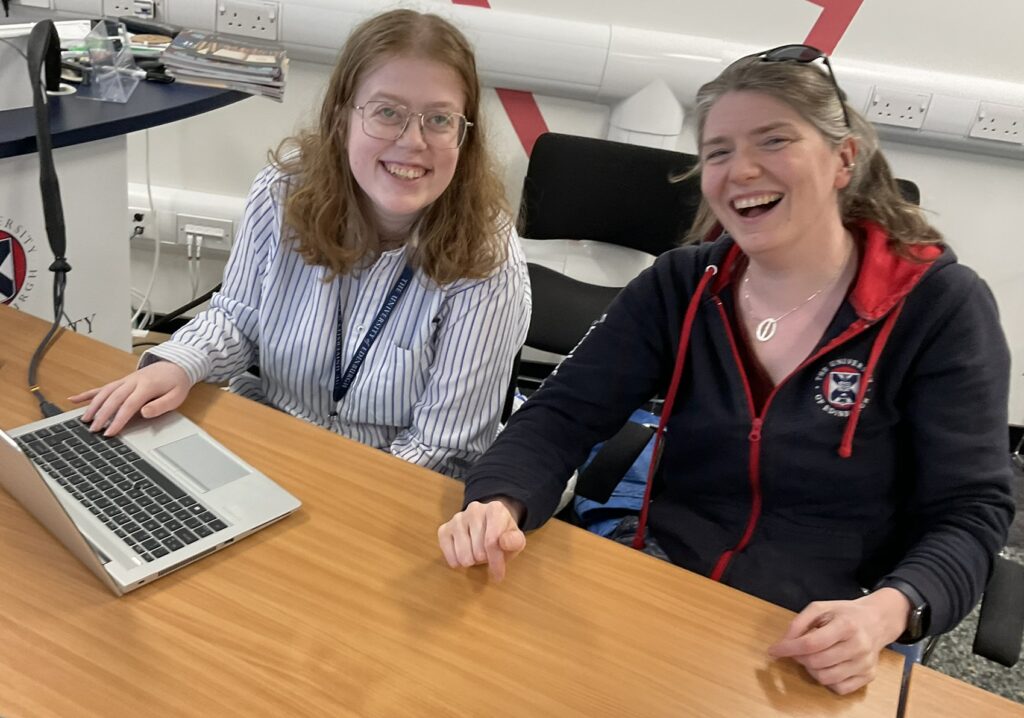

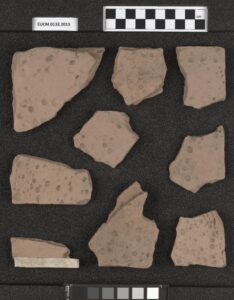
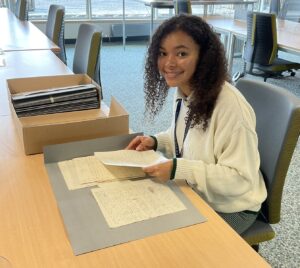
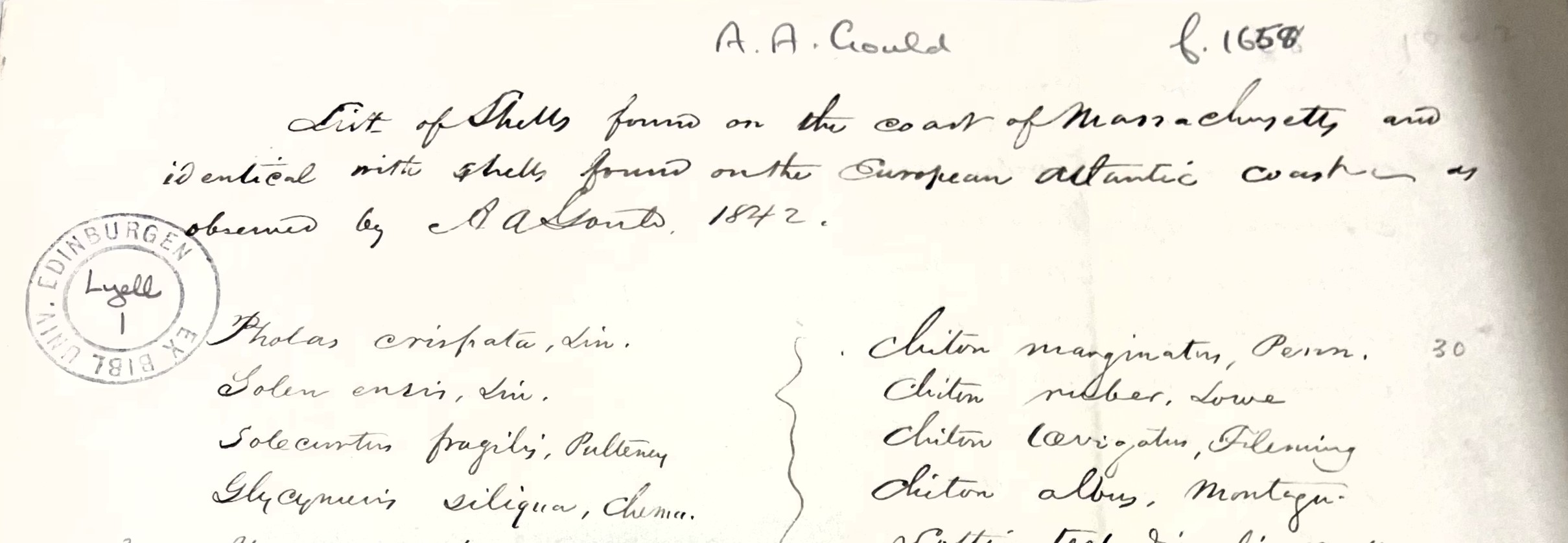
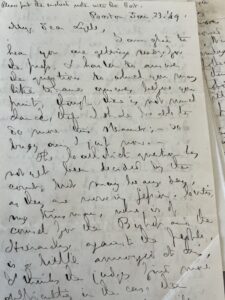
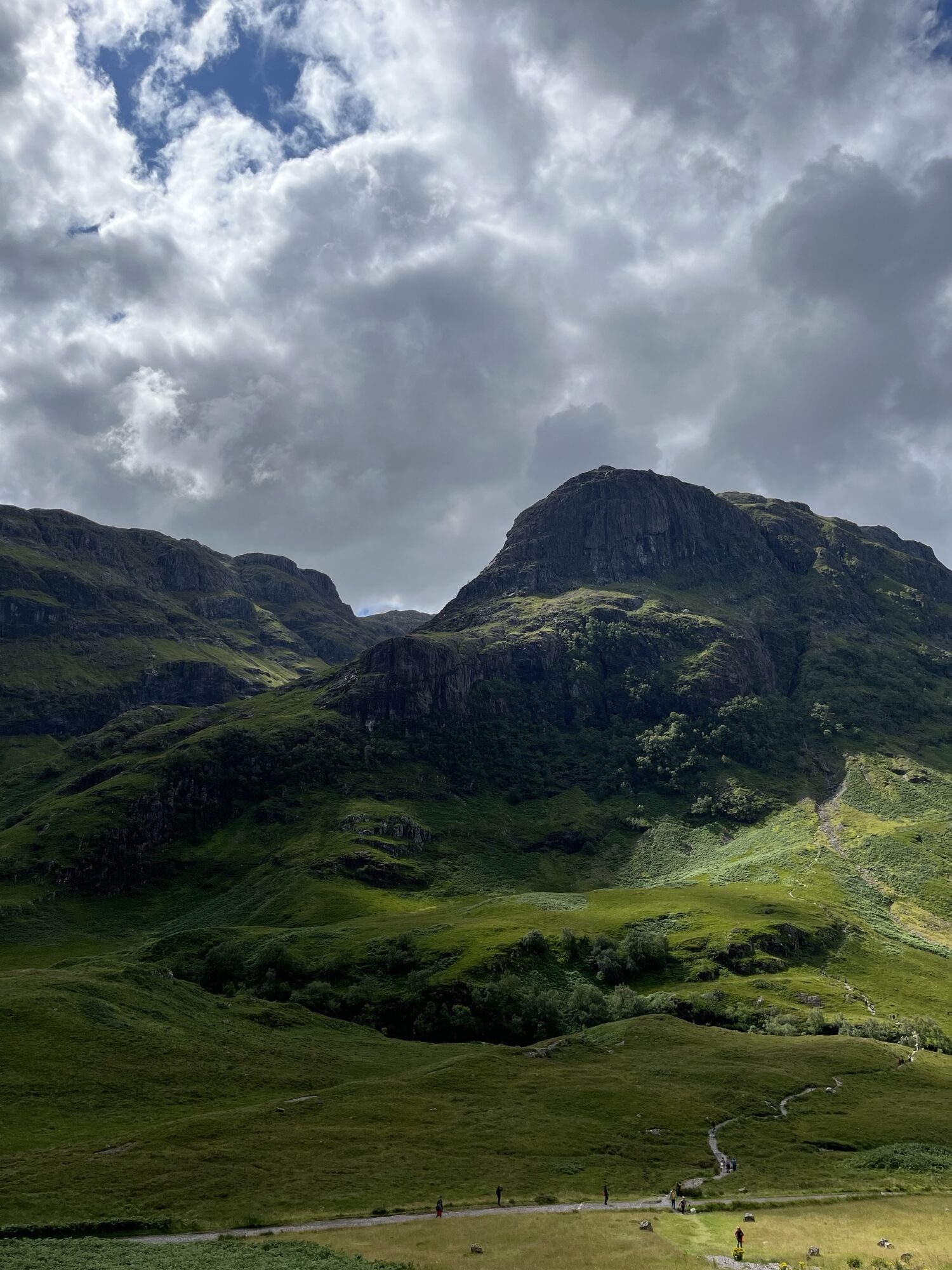
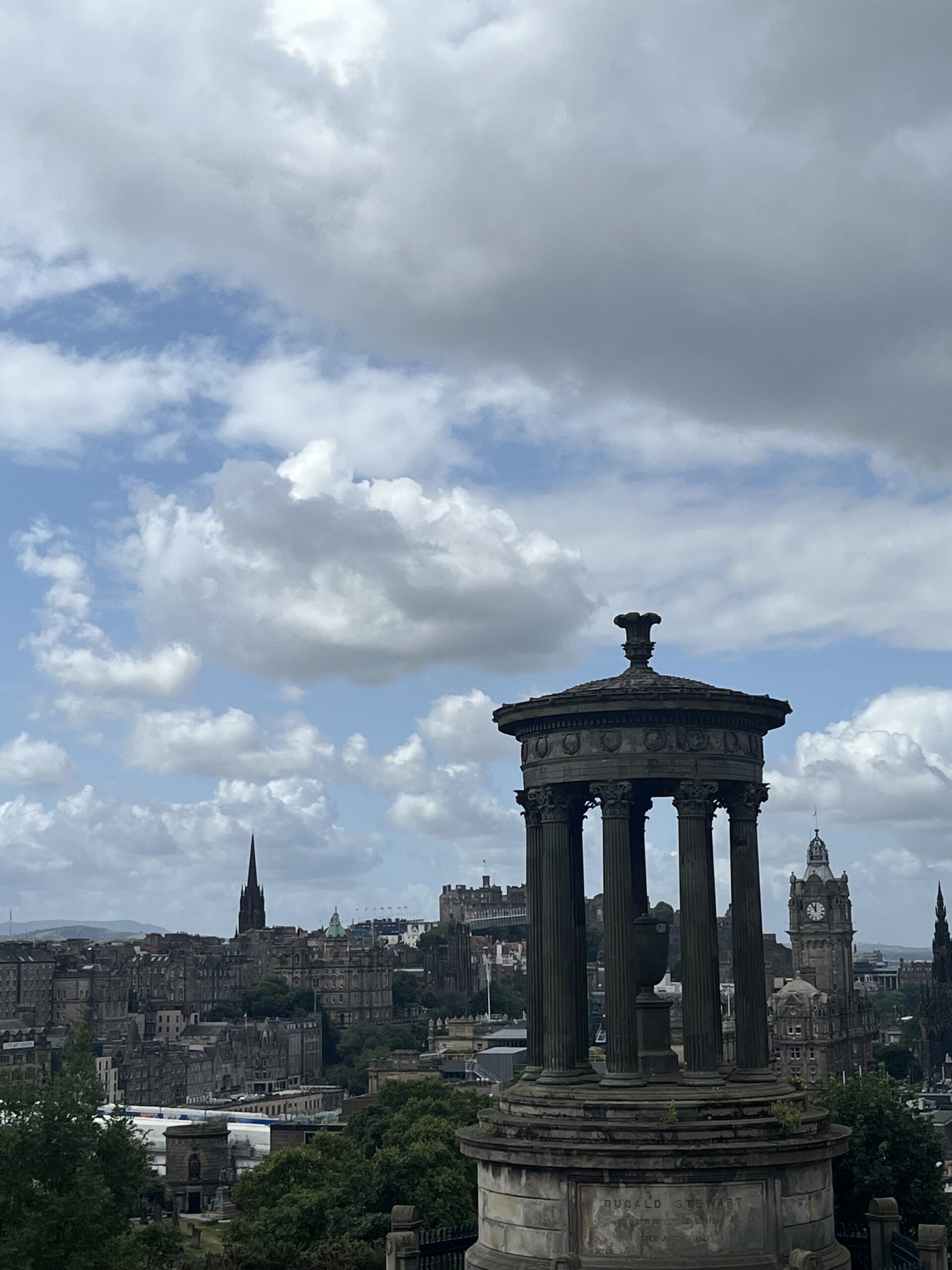

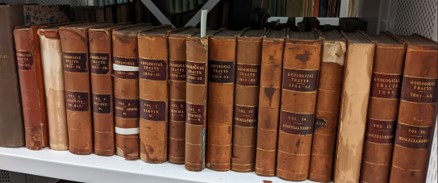
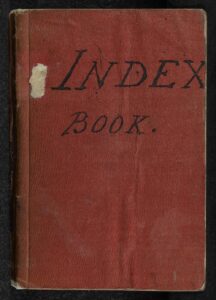
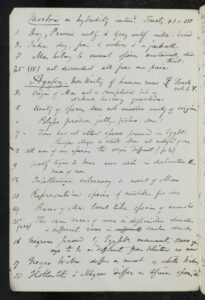 Aided by our comprehensive lists, we were able to put our theories as to how these records connect, to the test. For example,
Aided by our comprehensive lists, we were able to put our theories as to how these records connect, to the test. For example, 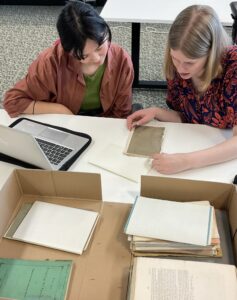

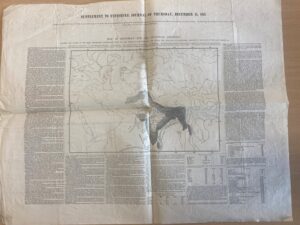

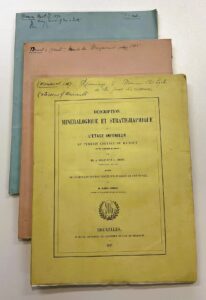


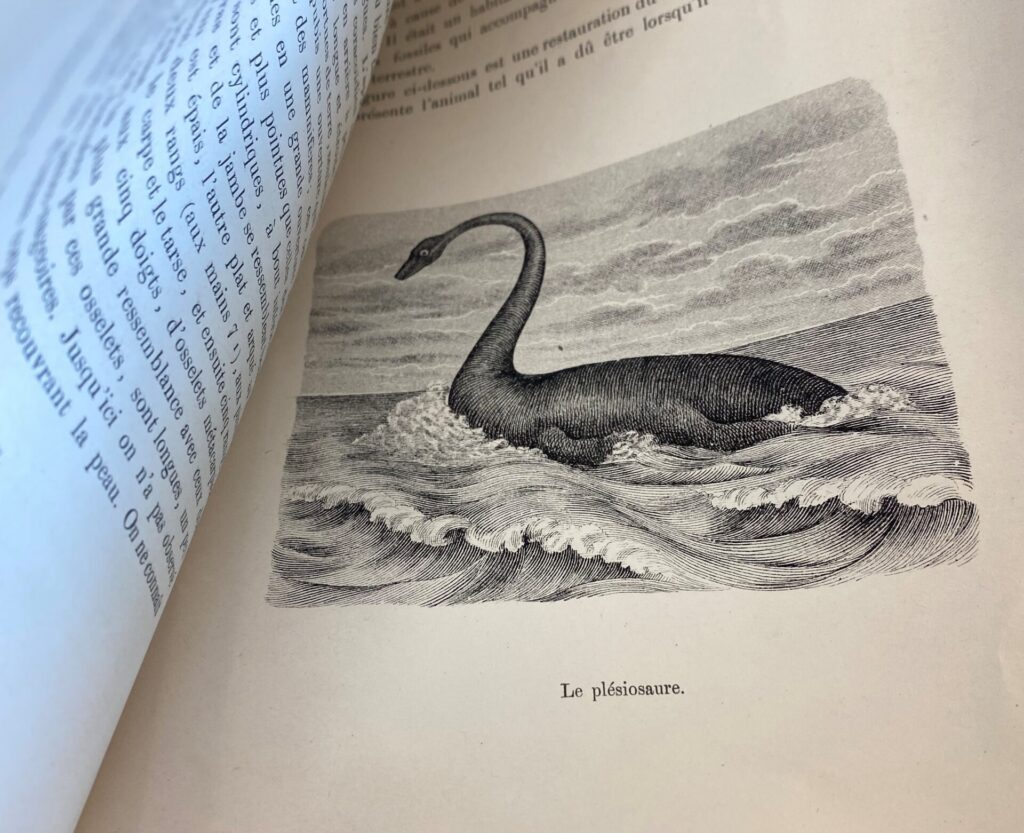
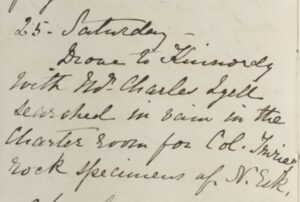
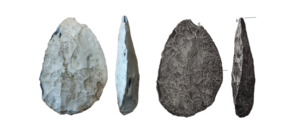
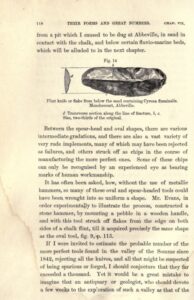




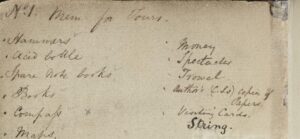
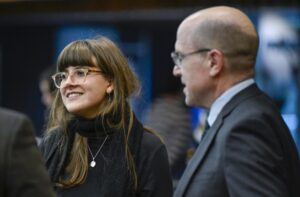
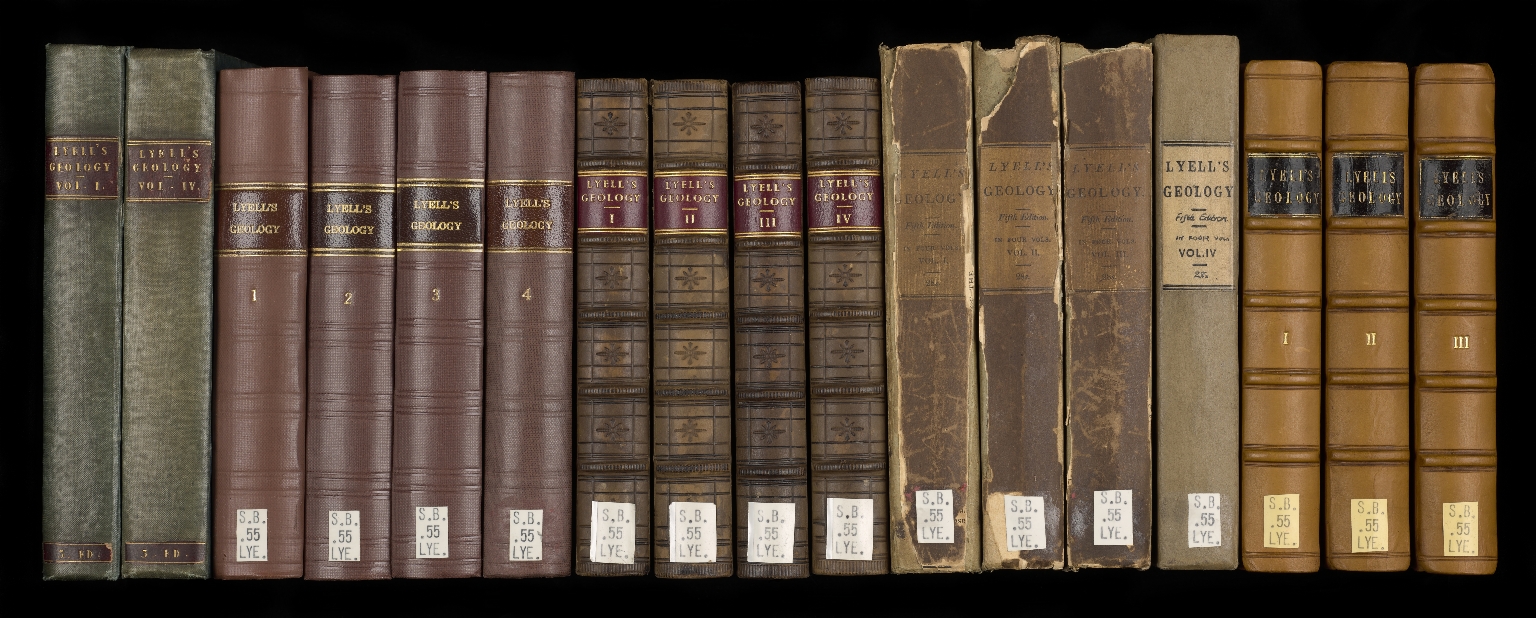
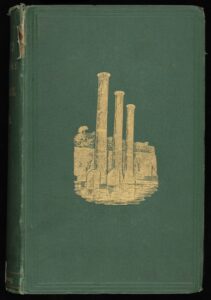
 Next, came Lyell’s American travelogues. Lyell was invited to give a series of lectures at the Lowell Institute in Boston in 1841. During this visit, Lyell not only lectured in Boston, Philadelphia and New York, but travelled extensively around the northern and southern states with his wife Mary, observing and collecting geological phenomena. On returning home, Lyell decided to write up his geological work alongside social and political commentary. This resulted in the Travels in America: With Geological Observations on the United States, Canada, and Nova Scotia
Next, came Lyell’s American travelogues. Lyell was invited to give a series of lectures at the Lowell Institute in Boston in 1841. During this visit, Lyell not only lectured in Boston, Philadelphia and New York, but travelled extensively around the northern and southern states with his wife Mary, observing and collecting geological phenomena. On returning home, Lyell decided to write up his geological work alongside social and political commentary. This resulted in the Travels in America: With Geological Observations on the United States, Canada, and Nova Scotia 
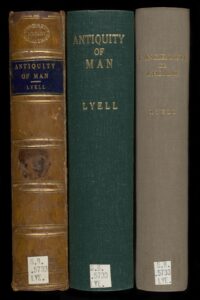 Lyell’s final book was the
Lyell’s final book was the 